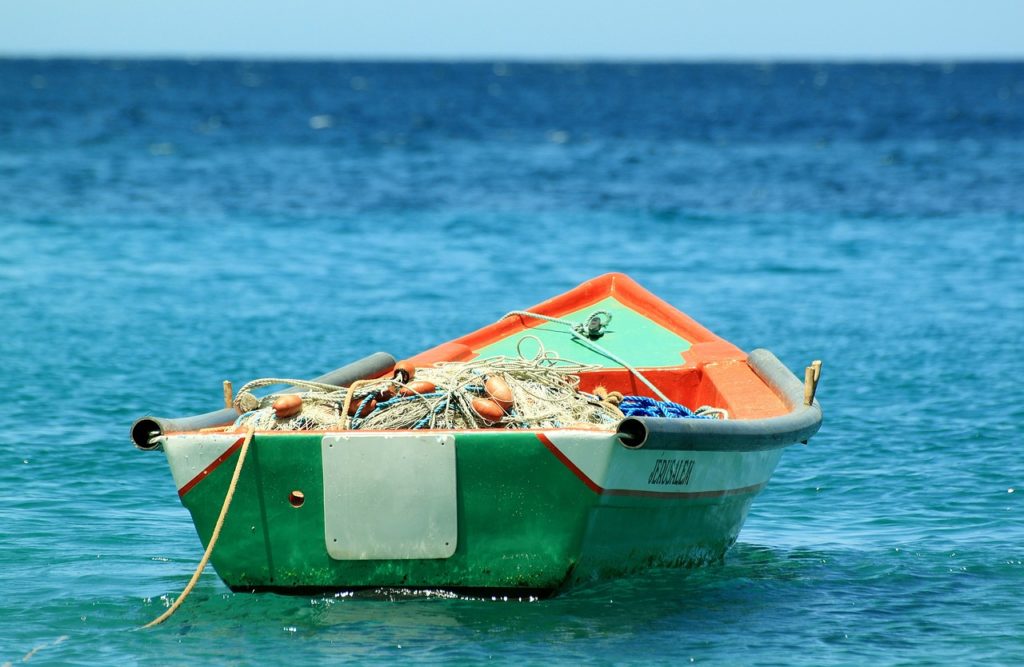
- How and why do boats float? How Much Weight Can Your Boat Float?
All boats or ships can float on water, but floating can be more confusing and complex than it sounds and it is best demonstrated through a scientific theory known as buoyancy, the primary force that brings about floating. An object can either sink or float in water contingent on its density. If it’s denser than water, it’ll sink; if it is less dense, then it will float on the water. The general rule is that a particular object will typically sink in water if it weighs more than precisely the same volume of water. However, that doesn’t clearly explain why aircraft carriers made of thick metal can float, so let us explore a little bit further.
Determining how much weight your boat can float
In this experiment, we will design a boat using tin foil which will hold the highest number of pennies. You can assemble some friends and have a competition to see who can create a boat that can hold the highest number of pennies.
Materials needed
- Tin foil
- Scissors
- Pennies
- Bowl
- Water
Procedure
- Cut a 5 x 6 inches piece of tin foil.
- Fold the sides of your boat up so it’ll not sink in water and hold a load of pennies.
- Put the boat in your bowl of water.
- Ensure that you dry all the pennies you collected before you start adding them as load because the water has weight as well.
- Start adding the pennies one by one for your boat’s cargo and check how many pennies the boat can hold before it sinks.
- Have one of your colleague count the pennies as you add them to the boat.
- You can try different techniques to evenly distribute the pennies’ weight on your boat so it can hold the maximum number.
Outcome
The boat will sink when the weight of your pennies exceed the weight of the water that fills your boat.
The science behind this experiment
When a boat is floating in water, it experiences two opposing forces in this experiment. One of the forces is the gravitational force, and the other one is the force of buoyancy. Gravity is trying to pull your pennies and tin foil downward while the buoyant force is pushing the boat upwards.
The force of gravity will be determined by the tin foil’s weight and the weight of all the pennies in your boat. The buoyant force is the mass of the water typically displaced by your boat. The boat will continue floating as long as the buoyant force is greater than the gravitational force and you should avoid overloading your boat to prevent it from tipping over or leaking. You can compute the force of buoyancy on a certain volume of water by multiplying the volume, the gravitational acceleration, and the density of water.
Conclusion
In general, rocks will sink in water because they typically weigh more than the volume of water. An aircraft carrier will float because, although it is incredibly massive, it usually weighs less than the amounts of water it displaces. An aircraft carrier is just like your tin foil boat before you started adding the pennies. The main reason it weighs less will come down to one thing: it is less dense than the water. Boats float because they typically take the mass of all that thick steel and then spread it out over an incredibly large volume. Aircraft carriers are mostly filled up with air.
However, if you took your boat and crushed it into a small ball, it will not float anymore. Even though the boat weighs the same as before, it will sink. That is because once you crush it, you will increase the density and the force of buoyancy can no longer hold the boat up.
